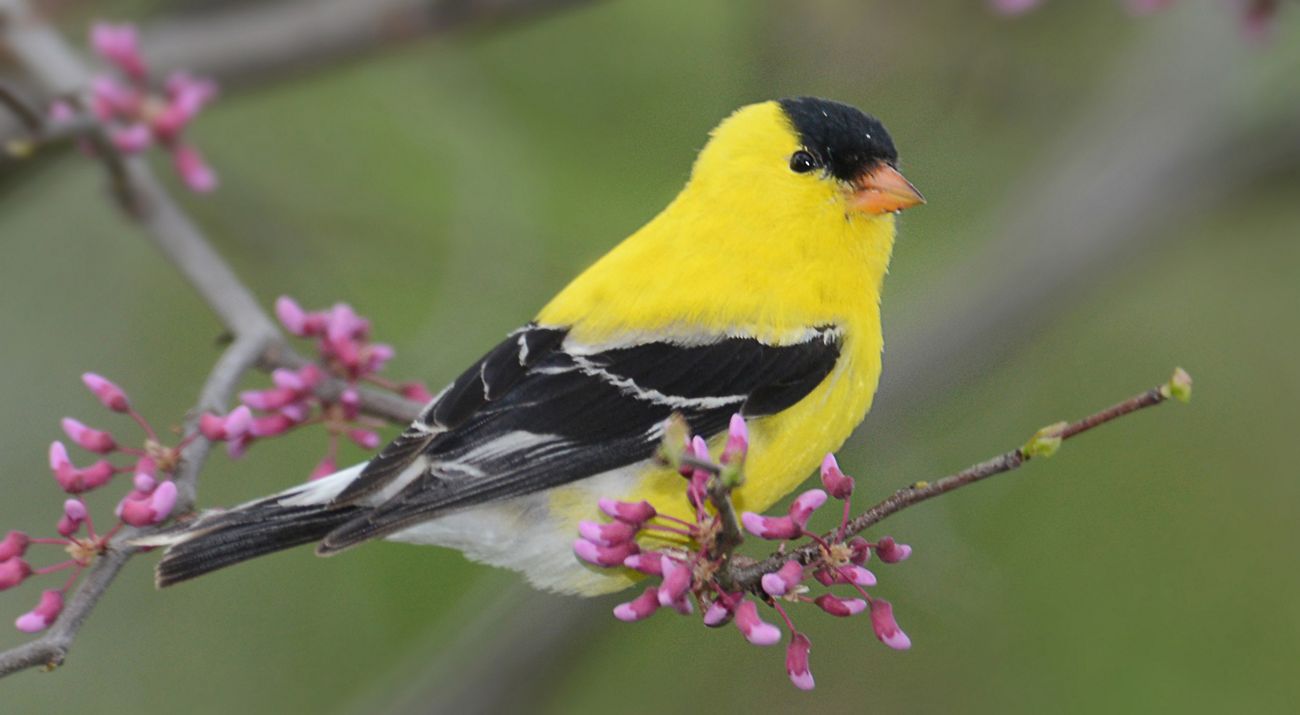10 Birds You Can Spot in Your Backyard
No matter how stressful life gets, nature is always there for us. In our busy day-to-day routines, it’s easy to forget about the flowers blooming on our block or the birds singing just outside our window.
But when we pause, take a deep breath and look around, we are reminded that we can connect with nature anytime and anywhere.
Share Your Birding Adventures!
Post your bird photos on social media using the hashtag #BackyardBirding!
One great way to dive deeper into the natural world right from the comfort of your own home is through birding. When you have a few seconds to watch for them, these birds are pretty fascinating and abound in both rural and urban neighborhoods.
To get you started, here are 10 backyard birds that are easy to spot from your window:
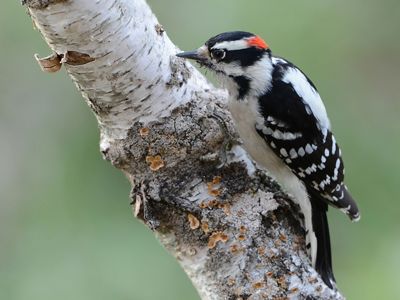
1. Downy Woodpecker
Not all woodpeckers will visit your bird feeder, but the tiny-but-mighty downy will! Suet, black oil sunflower seeds, millet, peanuts and chunky peanut butter are all known to attract these feathered visitors. If you live near a forest, you can spot them there, while city dwellers can find them in residential areas and city parks.
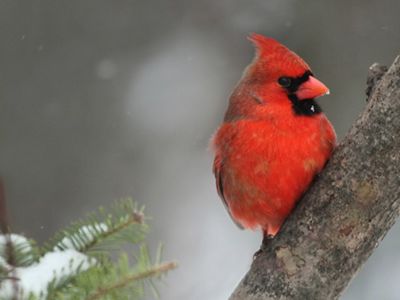
2. Northern Cardinal
Watch for these striking red birds as they grab a snack from nearby bird feeders, forage along the ground and nest in the undergrowth along property edges.


3. Chickadees
Even if you are a birdwatching novice, the black-capped chickadee is a little songster you may recognize mainly because it is curious about everything, including people! If you live in southern Illinois, Indiana or Ohio, you are more likely to see its close relative the Carolina chickadee.
Fun fact: Both chickadees occur in some of the same places, and where they do, they may mate with each other. These hybrid chickadees can sing each other’s songs!
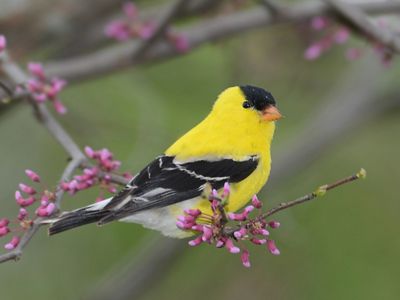
4. American Goldfinch
If you want to attract this sunny yellow bird to your feeders, fill them with sunflower and nyjer seed. If you plant native milkweeds in your yard, you might get a two-fer: American goldfinches and monarch butterflies.
5. White-Breasted Nuthatch
The active and acrobatic white-breasted nuthatch can be seen foraging for insects up, down and sideways on tree trunks and branches. But they’ll come to your feeder too if you put out suet, sunflower seeds and peanuts.


6. Red-Bellied Woodpecker
To spot red-bellied woodpeckers, look up! You’ll want to watch for them along the main branches and trunks of trees at mid-height. They are also attracted to the same kinds of feed as the downy woodpecker, so stock your feeder accordingly.
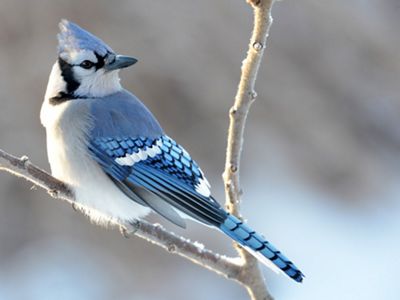
7. Blue Jay
Blue jays are a bright and noisy presence at birdfeeders throughout the eastern and central areas of the United States and southern Canada. Not picky eaters, they’re happy to eat nuts, seeds, suet and corn, and will often dominate a bird feeder. Like squirrels, blue jays are known to hide nuts to eat later.
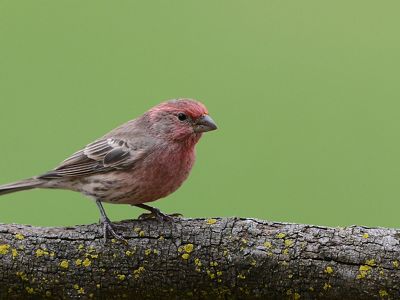
8. House Finch
As its name suggests, the house finch is commonly found nesting and feeding near homes. They frequent bird feeders throughout the year, particularly if those feeders are stocked with sunflower seeds.
9. American Robin
The American robin is one of the most recognized birds in the United States. They’re often seen on suburban lawns, with their heads cocked, searching for earthworms and insects. A great time to spot them is after a spring rain.


10. Mourning Dove
This bird’s mournful woo-oo-oo-oo call gives it its namesake and is commonly heard throughout the United States. Mourning doves who have successfully raised a brood will return to the same nesting site, so you may be hearing this woeful call from the same individuals year after year!
Take Flight!
We hope you enjoy watching for these feathered friends in your neighborhood! And as your birding skills grow, we hope you’ll continue to learn more about the myriad bird species that thrive in the wetlands, prairies, forests and other wild places The Nature Conservancy and our partners work hard toprotect for people and nature. Special thanks to The Cornell Lab of Ornithology, as their excellent resources helped inform the content in this feature.
Show Us the Birds in Your Neighborhood
Please share your birding adventures with us by posting your bird photos on social media using the hashtag #BackyardBirding!

Stay connected for the latest news from nature.
Get global conservation stories, news and local opportunities near you. Check out a sample Nature News email
